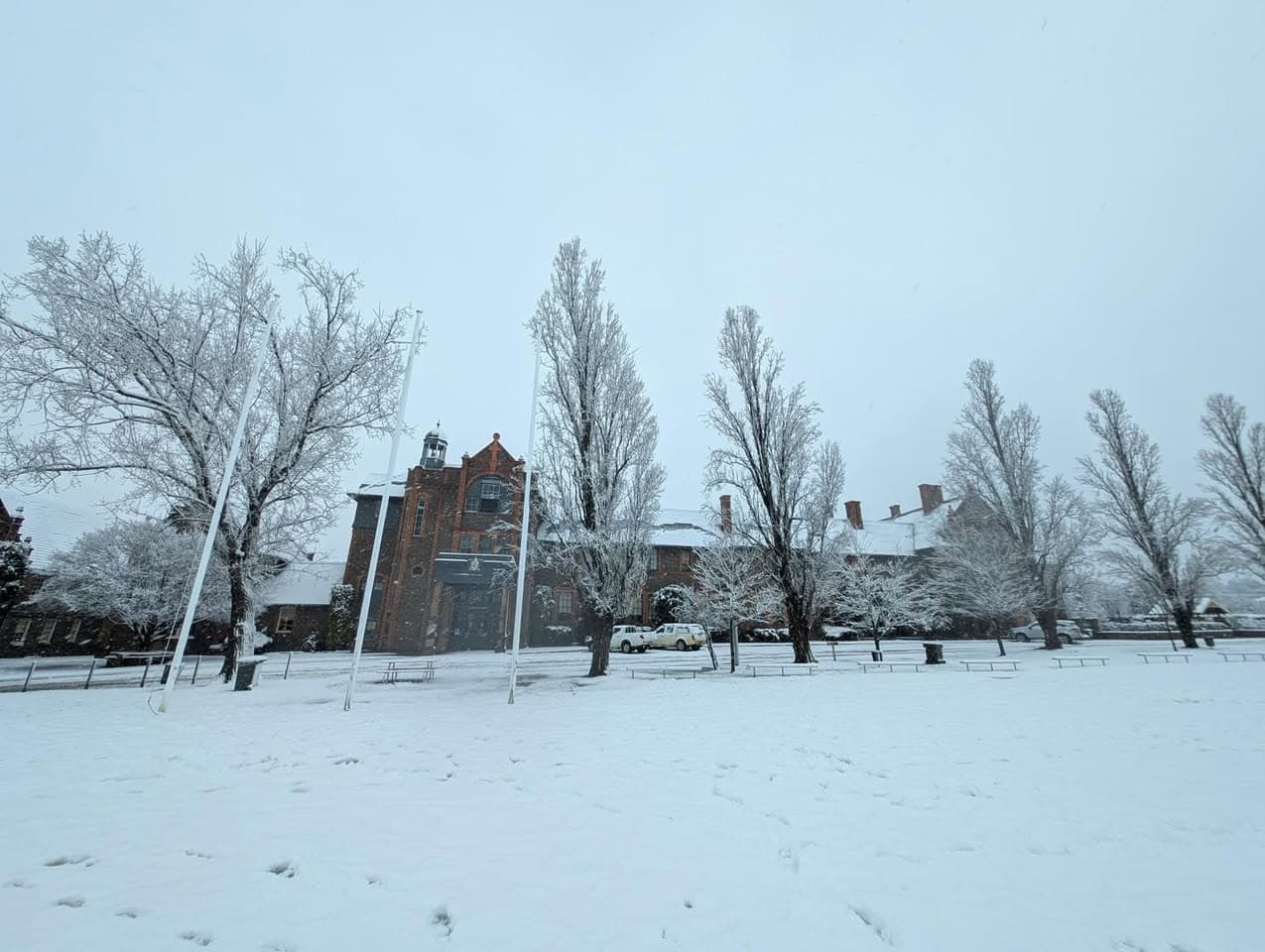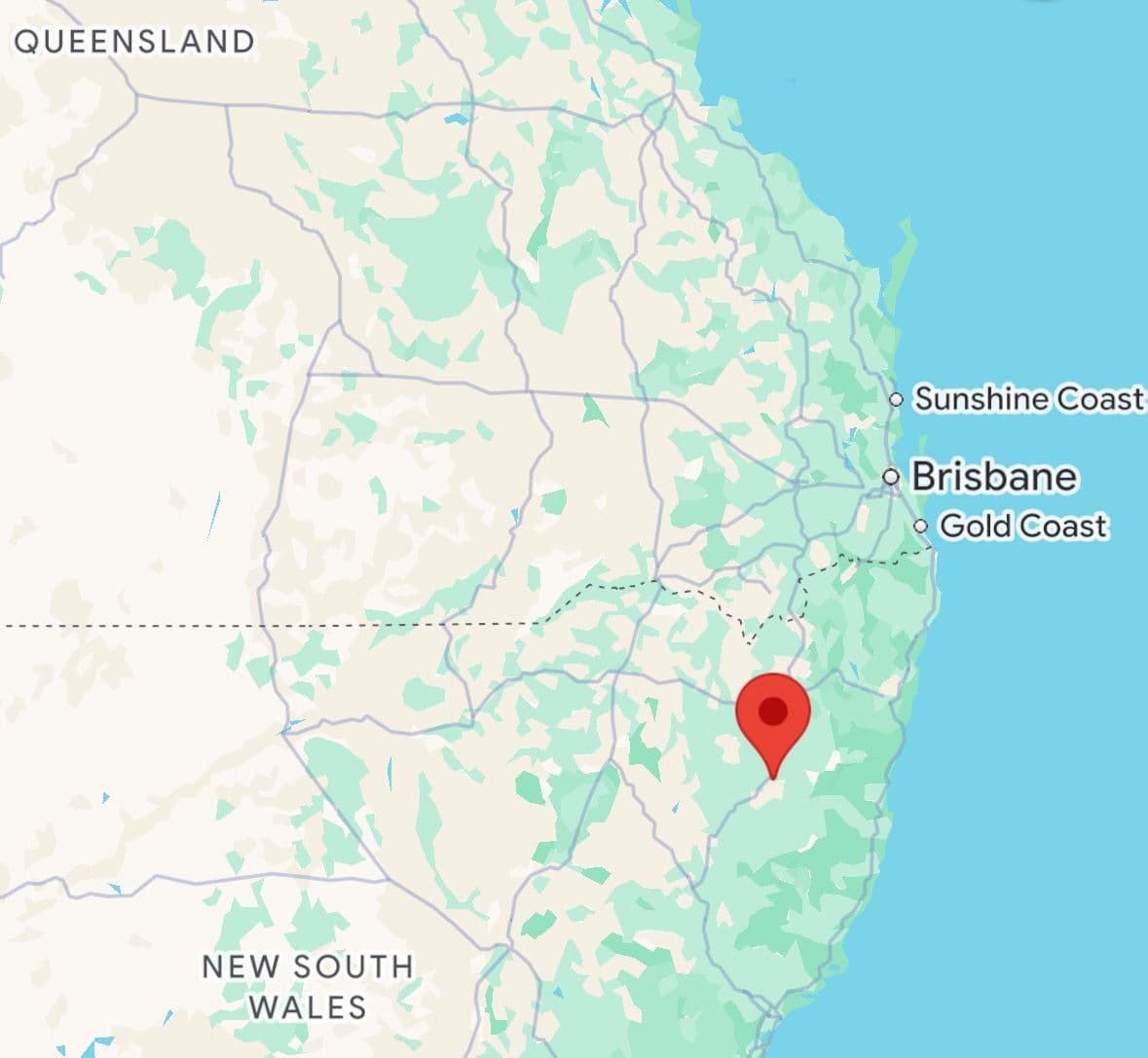
Rare Northern NSW Snowfall Causes Chaos and Wonder
Published Date:
Categories
Unexpected Heavy Snowfall Blankets Northern New South Wales
Northern New South Wales experienced an unusual meteorological event over the weekend, with up to 40 centimetres of snow falling across the region. This marks the heaviest snowfall in the Northern Tablelands since 1984, affecting towns such as Guyra, Armidale, Uralla, and Walcha. While the snow created picturesque scenes, it also brought significant disruptions and highlighted the region's lack of preparedness for such extreme weather events.

The rare snowfall quickly became a drawcard for visitors from Queensland, with many making the journey south to experience snow for the first time. This influx of tourists led to a surge in accommodation bookings, providing an unexpected economic boost to local businesses. However, the novelty came at a cost. Over 100 vehicles became stranded on the New England Highway due to snow, ice, and fallen trees, prompting warnings from emergency services against unnecessary travel.
The impact on infrastructure was substantial. More than 6,000 homes lost power, and mobile networks struggled under the strain of the severe weather. These outages highlight the vulnerability of regional infrastructure to extreme weather events, a concern that may become more pressing as climate patterns shift.
While the snow was the headline-grabber, it wasn't the only weather-related challenge. Significant rainfall across northern NSW triggered major flooding in rivers like the Peel and Namoi. This dual threat of snow and flooding stretched emergency services thin, with over 3,600 calls for assistance received.

This unusual weather event raises questions about climate variability and its impacts on regions unaccustomed to such conditions. While it provided a brief winter wonderland experience for many, it also exposed serious gaps in emergency preparedness and infrastructure resilience in northern NSW.
Looking ahead, local authorities and emergency services will need to reassess their capabilities to handle such extreme weather events. This may include improving road management strategies, bolstering power infrastructure, and enhancing public communication systems during crises.
For the ski industry, while this event doesn't directly impact established resorts, it does highlight the unpredictable nature of snow patterns in Australia. As climate change continues to influence weather systems, the industry may need to prepare for more frequent occurrences of snow in unexpected locations, potentially shifting the landscape of winter tourism in the country.




